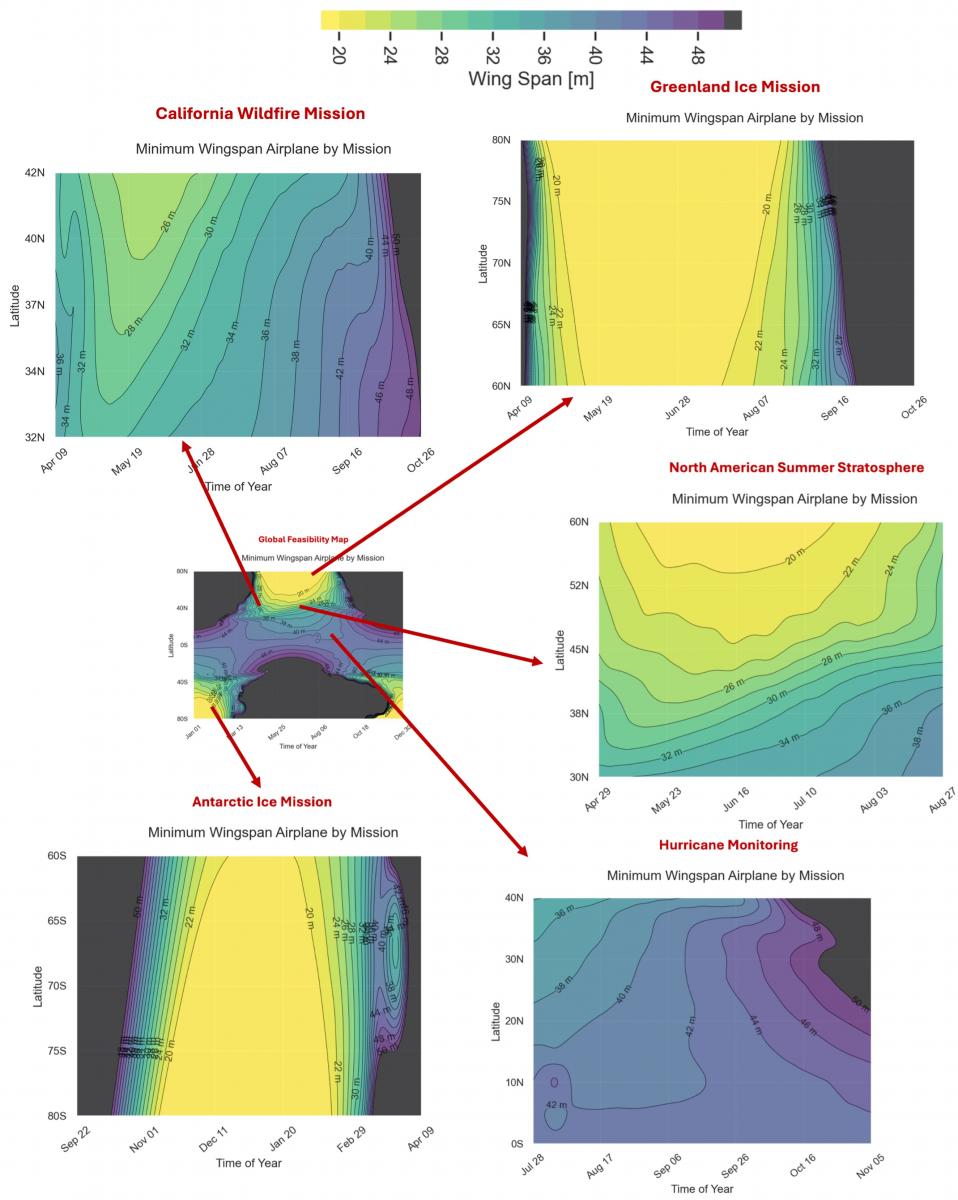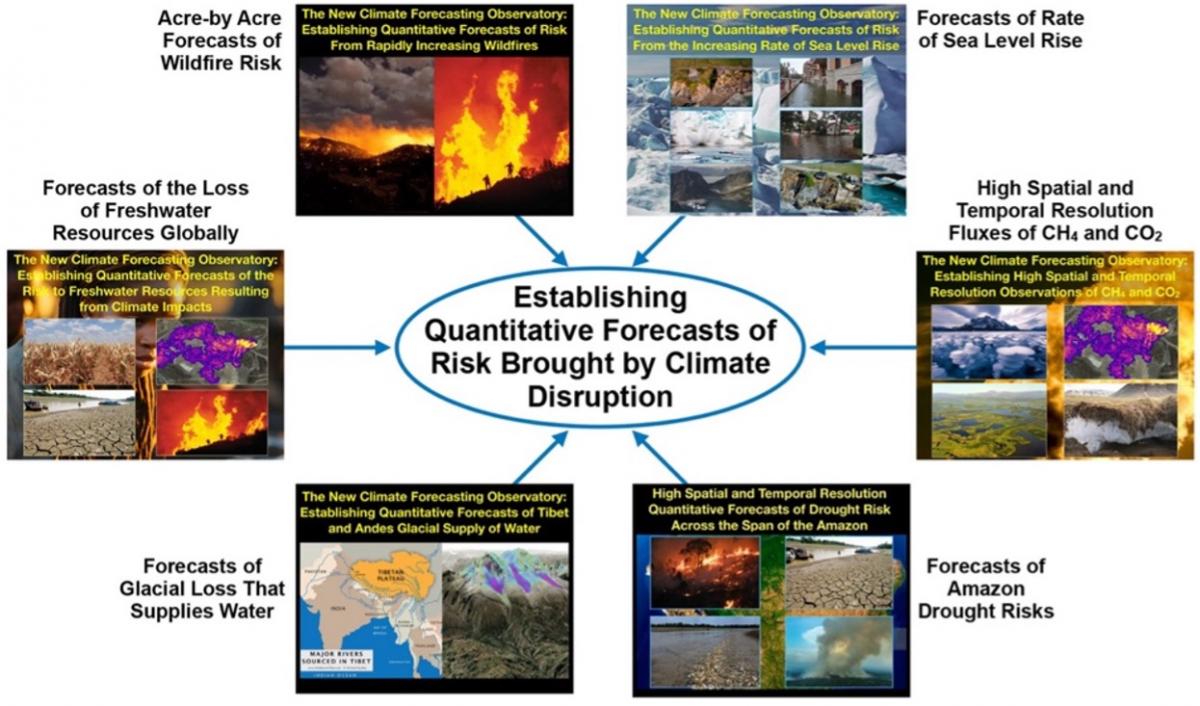
The foundation for trusted quantitative forecasts of risk from the rapidly escalating, irreversible changes to the Earth’s climate structure driven by accelerating fossil fuel use, depends directly on fundamental advances in the quantitative determination of the physical, chemical and biological mechanisms controlling each of the major climate sub-systems. The manifold of risks to society from the continued use of fossil fuels requires quantitative forecasts of: (1) the increasing rate of sea level rise; (2) the rapid increases in the frequency, intensity and geographic extent of wild fires, (3) intensifying freshwater shortages, (4) severe storms with associated losses of life and property, (5) agricultural drought, (6) deadly heat waves; (7) glacial loss from regions that constitute the major water sources across multiple continents; as well as (9) forecasts of intensifying global refugee flow.
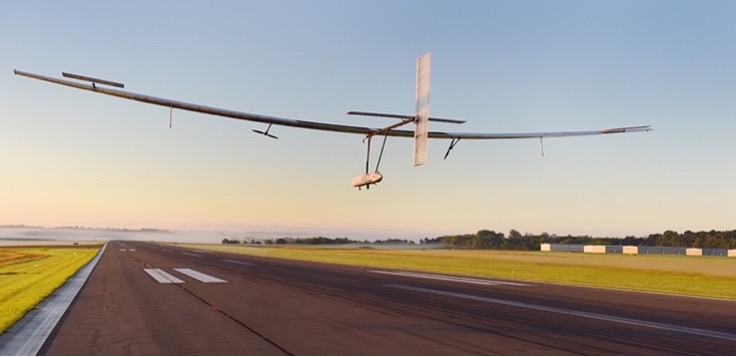
The Climate Forecasting Observatory, also sometimes referred to as the Stratospheric Airborne Climate Observing System (SACOS), is a strategic approach to fundamentally advance quantitative forecasts of risk that engages recent developments in lidar, radar, hyperspectral imaging, nanoelectronics, quantum devices, direct engagement of AI, and new solar powered stratospheric aircraft that together constitute the new Climate Forecasting Observatory. The critical advances that the new Observatory brings results directly from five factors: (1) reduction in the distance from the observing system to the target from 500km for the satellite to 20km for the new Climate Forecasting Observatory; (2) over-the-ground velocity is reduced from 7000m/sec for the satellite to 25m/sec for the stratospheric observing system; (3) the observatory engages, for the first time, the unique ability to dictate the time allocation focused on the specific climate targets with the optimal ensemble of state-of-art instruments, and (4) the ability to set the trajectory of each observing platform in real time guided by the instantaneous observations obtained by the on-board instruments.

The feasibility of continuous flight from a high altitude long endurance (HALE) aircraft depends on multiple constraints related to the payload and mission requirements. However, in all instances, the design requires sophisticated multi-disciplinary optimiziation (MDO) algorithms for efficient system-level design. The aircraft will also be equipped with highly efficient and weight-optimized subsystems such as the solar arrays, new-age battery chemistries, and novel electric propulsion systems, all of which have been experimented and validated.
James G. Anderson serves as the Principal Investigator (PI) at Harvard, under whom the program has seen growth and tangible success in the form of various advancements on the science and on the aircraft all the way up to the first flight of the demonstrator Dawn, built and flown by Electra.aero. We form a key partnership with Electra.aero, the aviation startup leading the aircraft’s design, build, and flight testing under the leadership of John Langford (CEO and Founder). While Harvard's role is to serve as the primary scientific partner, some of the aviation design and system technology innovation also resides here.
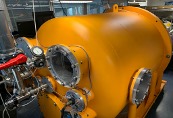
Under the leadership of Craig Mascarenhas (Head of Research), we have led the engineering research related to the battery system development and the electric propulsion design of the aircraft, as well as various instrumentation optimization and integration considerations. Key milestones include the development of the Stratospheric Battery Testing Setup (SBTS), which allows for automated and high-throughput testing of advanced battery chemistries under a simulated flight profiles in stratospheric conditions. High energy density battery chemistries including lithium-metal, silicon nanowire, and others, have been integrated, tested, and validated in the SBTS. These have included cell chemistries exceeding 500 Wh/kg and pack densities exceeding 400 Wh/kg, far exceeding mass-produced and commercialized technologies. These advancements aim to accelerate the utility of high-energy density chemistries in the HALE space as well as in the general industry. Additional milestones include the design, development, and testing of a novel high-efficiency, ultralight electric propulsion system that is tailored for HALE applications.
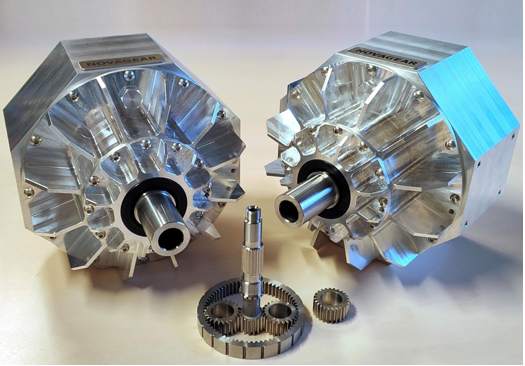
Further contributions have included overall aeronautical design, multidisciplinary optimization tool development efforts, and contributions to construction and regulatory approval of the aircraft. The team has employed engineers, researchers, and engaged with partners at various academic and industry institutions in order to advance its goals, while also mentoring and involving undergraduates and graduate students. When appropriate, we have published results related to our efforts, and have been invited to present our work at various conferences and talks across the world. We have also co-authored several successful academic grants as well as SBIRs related to the program, and continue to aggressively pursue funding towards the advancement of the program.
